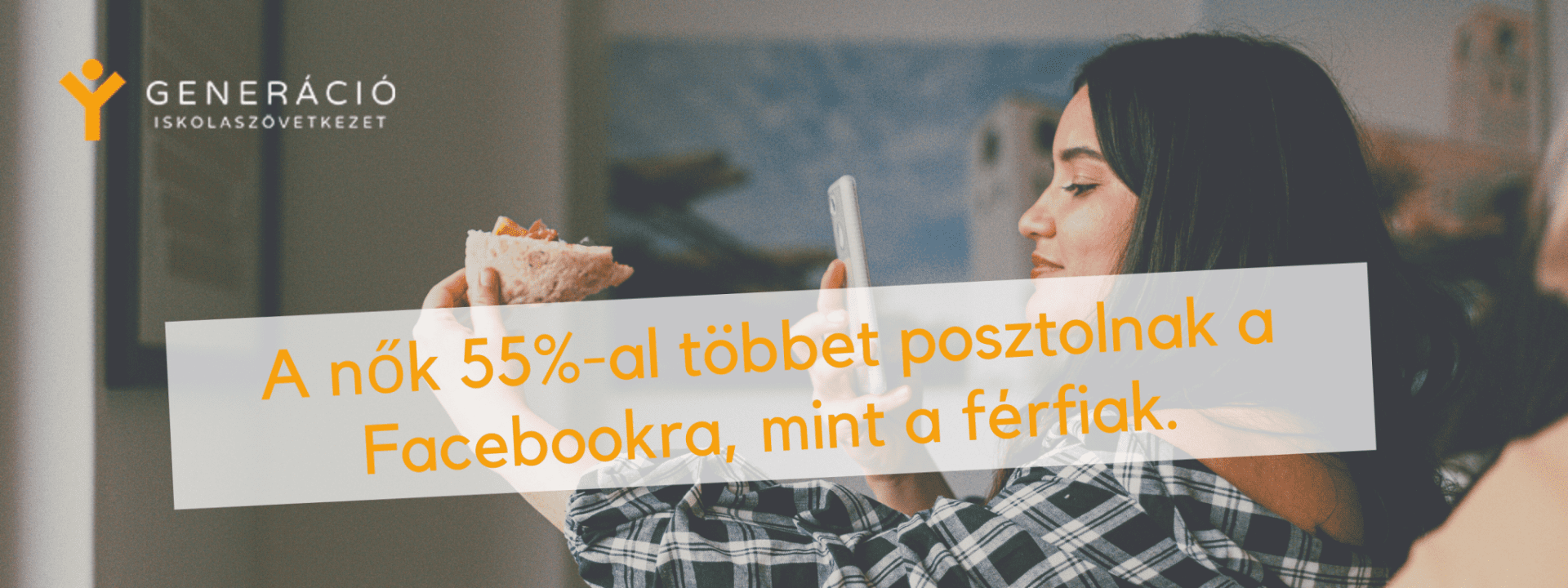News
What's Happening on Social Media? What to Use When Working with Student Workers?
"Chatting on the internet allows me to develop a confidential relationship with people who are far away, which I couldn't achieve during a market shopping trip, in front of my door, or in my regular pub, because shame, inhibitions, and the natural distance between real people prevent it." / Gerald Hüther /
From the perspective of employer branding and for effectively targeting your audience, it's beneficial to understand which social media channels are used by whom and how—what the statistics show. Additionally, it's useful to know why we use social media channels the way we do.
The Most Important 7+3 Social Media Statistics:
- Facebook has 2.4 billion active users monthly. Of these, 1.5 billion use it daily.
- 47% of Facebook users access the platform exclusively via mobile devices.
- The top 10 most visited social media sites include Facebook, YouTube, Twitter, and Instagram.
Surprisingly, women post significantly more on social media than men.

- Slightly more women use social media than men. The difference becomes more pronounced with mobile social media usage, where 69% of women are active compared to only 39% of men.
- Women post 55% more on Facebook than men.
- 25% of men use YouTube daily, compared to 17% of women, and men spend more time on the platform weekly: one hour versus women's 35 minutes.
- 30% of people open Facebook multiple times daily and spend at least 20 minutes on it, 45% read news here, and 40% even share their health status on the platform.

Among Young People, Instagram and Snapchat Are Far More Popular Than Facebook
Do you employ young students or teenagers?
- Young people are increasingly using Facebook less, viewing it as “an awkward family dinner they can't escape.” This perception is partly due to the doubling of users over 65 since 2012.
- Among 18-25 year-olds, Snapchat is the most frequently used social media platform, with 76% of its users under 34, predominantly women.
- Instagram closely follows Snapchat in popularity, with a more balanced distribution of user age and gender.
Consider These Factors When Planning Social Media Communication
Students' interests, schedules, accessibility, and thoughts are all influenced by the sites they use.
Suggested Social Media Strategies for Engaging with Student Workers:
- Facebook: Ideal for broad updates and engaging a wide audience, including older students.
- Instagram: Use visually appealing content, stories, and engagement tools like polls to attract younger students.
- Snapchat: Leverage its popularity among the 18-25 age group for quick, engaging, and informal communication.
- YouTube: Create informative and entertaining videos to engage male audiences who spend more time on this platform.
References:
Sources: Statista, We Are Social
By understanding these dynamics, you can more effectively reach and engage student workers through the right social media channels.











